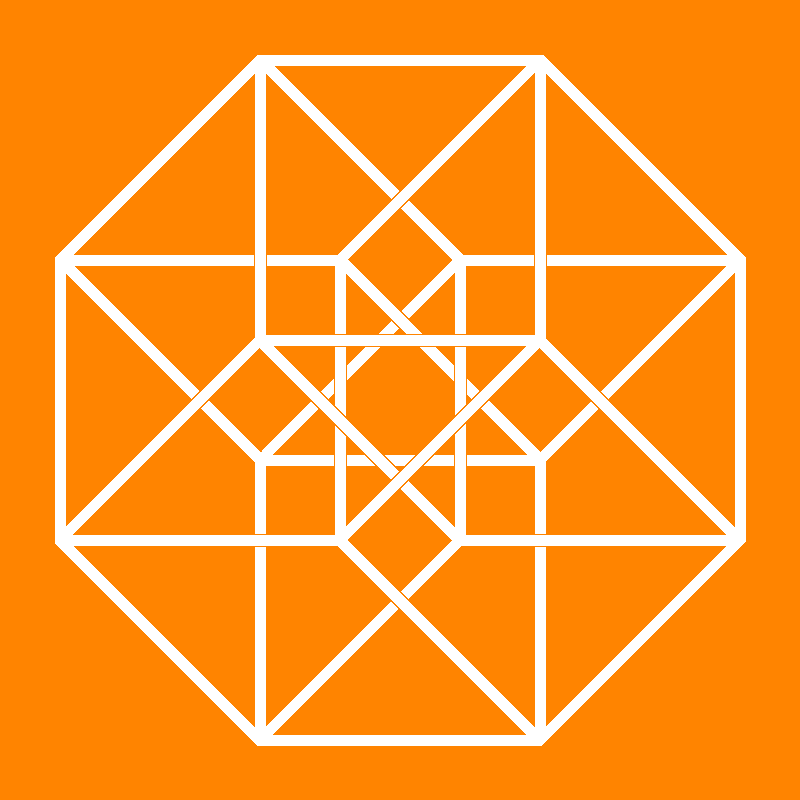|

Journal Home Page
Cumulative Index
List of all Volumes
Complete Contents
of this Volume
Previous Article
Next Article
|
|
Journal for Geometry and Graphics 7 (2003), No. 1, 101--110
Copyright Heldermann Verlag 2003

Principles of a Geometry Program for Architecture -- Experiences, Examples, and Evaluations
Cornelie Leopold
University of Kaiserslautern, P.O.Box 3049, 67653 Kaiserslautern, Germany,
leopold@rhrk.uni-kl.de

Geometry is a basic science for architecture. During the past
centuries there were various evaluations of the role of
geometry for architecture. Especially in the last decades the
importance of descriptive geometry was pushed back more or less
in most countries. Some countries try to keep the traditional
descriptive geometry discipline, others replace it by training
CAD-systems. Both ways have some understandable reasons, but both
let missing important points of an actual geometry education.
On the one hand it is not enough to keep only the traditional
discipline, on the other hand geometrical knowledge is still a
necessary condition for architecture, and this geometrical basis is
not reached only by training CAD-systems. As responsibles for the
education of the students of architecture we have to react to the
challenges of our times and we have to be aware of the new, but
also the remaining requests of teaching geometry for architecture.
In this paper the principles of such a geometry program will be
presented and explained by examples from the past teaching
experiences at University of Kaiserslautern in Germany. The concept
is exposed in a textbook and exercise material for the students.
Keywords: descriptive geometry, geometry, architecture, architectural
design, teaching concept, new media.
MSC: 51N05.
FullText-pdf (1 287 KB) for subscribers only.

|

![]()
![]()
![]()